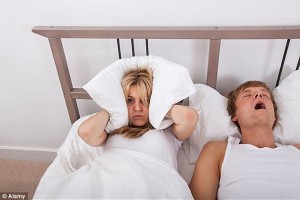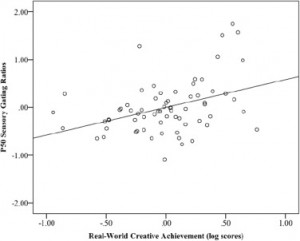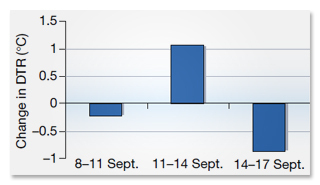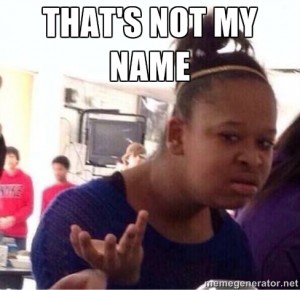When I’m home from college, I notice very different sleep patterns when it comes to my mom and dad. For example, my mom will wake up to the slightest sound. She wears earplugs to sleep, has a white-noise machine, and shuts her bedroom door at night. She usually kicks my dad out of the room after about twenty minutes because of his incessant snoring. Meanwhile, my dad moves into our guest bedroom and is able to fall asleep with all five of my cats clawing at his feet. When I came across an article relating gender to sleep cycles, I couldn’t help but think about my parents and wonder if they were a prime example of this phenomenon.
my dad moves into our guest bedroom and is able to fall asleep with all five of my cats clawing at his feet. When I came across an article relating gender to sleep cycles, I couldn’t help but think about my parents and wonder if they were a prime example of this phenomenon.
For example, women are twice as prone to insomnia than men. Could this be due to chance, or could gender be a factor?
In this case, the null hypothesis is that gender is not correlated with sleep cycles. The alternative hypothesis is that gender is correlated with sleep cycles.
Dr. Bovin of McGill University attempted to prove the alternative hypothesis through an experiment with 26 participants (15 men and 11 women). Bovin hypothesized that the body clocks of men and women affect sleep and attentiveness. The 11 women were studied during two stages of their menstrual cycle. This is because the research team believe that menstrual activity affects biological rhythms and therefore sleep cycles. They found no exhibition of sleep problems in both sexes. Their study solely found that women wake up more tired and are less alert at night. They did not find a correlation, nor a mechanism to support the alternative hypothesis.
I’m including this study in my blog for a different reason than I usually do. While I usually incorporate studies to help support the alternative hypothesis that I am researching, I included this study as an example that failed to do what I had hoped. This study only includes 26 people, which is far too small of a group to conclude anything about the alternative hypothesis even if substantial results had been found. On top of that, I think the researchers definitely should’ve had an equal number of men and women, because the number difference automatically jumped out at me.
Further in my research, I found a slightly more substantial study focusing on the circadian rhythms of men and women. A study done by Harvard University Biological Science specialist Jean Duffy and her team found that women’s body heats and melatonin levels are set to an earlier time in comparison to men. In this study, the scientists focused in on 57 women and 105 men. I still disagree with the difference in gender numbers, but the study did have interesting results. After studying sleep cycles for a month, they found that, on average, women had noticeably shorter intrinsic circadian cycles than men, which could be the reason for the fact that women tend to wake up earlier and have more cases of insomnia than men. Overall, they found that women’s circadian clocks are typically set to an earlier time than their male counterparts, and that their rhythms are also shorter. Still, the scientists even claim themselves in the article that they did not find a mechanism as a result of their studies. While you don’t need to find a mechanism to see significant correlations in science, the study still doesn’t prove much at all about sleep cycles in men versus women, in my opinion.
My final thoughts:
Although scientists are actively trying to prove the alternative hypothesis, their results aren’t convincing. None of the data found strikes me as groundbreaking, but I do think they have a tiny start in proving something significant. They would be better off focusing on a very large group of men and women with an equal number of both genders. They also would have to repeat the process many times to prove that women and men truly have different sleep patterns. In conclusion, I do not believe that my mom’s and dad’s different sleep patterns have anything to do with their genders. The null hypothesis stands…for now!
Sources:







 pic found
pic found  graph found
graph found 


